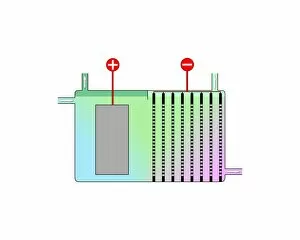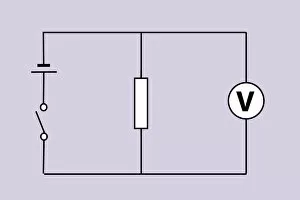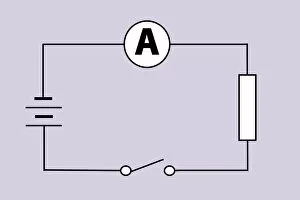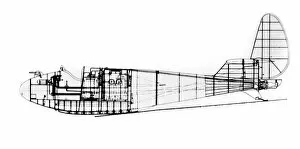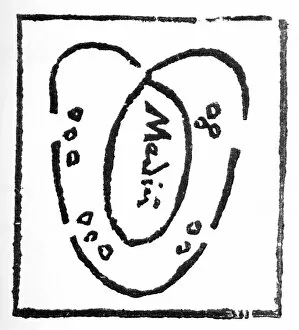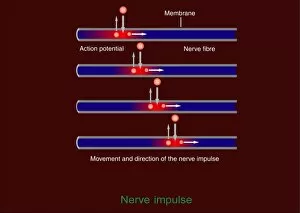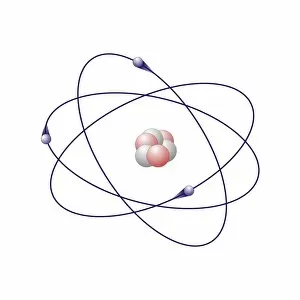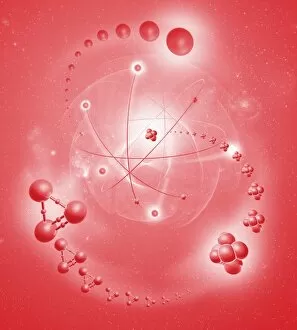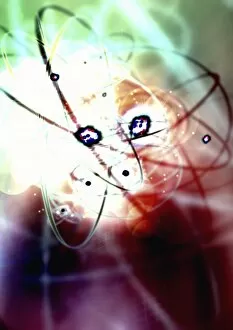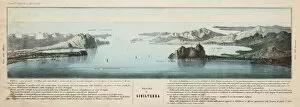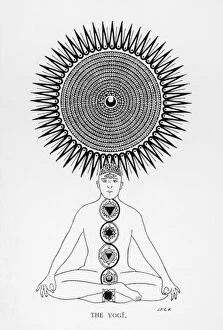Schematic Collection (#4)
"Schematic: Unveiling the Intricate World of Knowledge and Design" Step into a realm where knowledge intertwines with artistry
For sale as Licensed Images
Choose your image, Select your licence and Download the media
"Schematic: Unveiling the Intricate World of Knowledge and Design" Step into a realm where knowledge intertwines with artistry, as we explore the captivating world of schematics. From geological strata to Da Vinci's crossbow, standard electrical circuit symbols to nuclear fission artwork, each schematic unveils a unique facet of human ingenuity. Delve deep into history as you unravel the secrets hidden within 19th-century geological strata. Witness how layers upon layers tell tales of Earth's evolution and offer glimpses into our planet's mysterious past. Marvel at Da Vinci's crossbow schematic, a testament to his multifaceted genius. This intricate design showcases not only his artistic prowess but also his understanding of mechanics and engineering principles that were far ahead of their time. Discover the language behind technology through standard electrical circuit symbols. These concise representations unlock the complexities of circuits, enabling engineers to create innovative devices that power our modern world. Immerse yourself in atomic structure artwork, where science meets creativity. Explore mesmerizing depictions that unveil the building blocks of matter and ignite curiosity about the fundamental forces shaping our universe. Travel back in time with a short rifle diagram from 1915—a glimpse into weaponry advancements during times marked by conflict and innovation alike. Analyze its components meticulously arranged on paper, revealing both functionality and precision craftsmanship. Witness art imitating life through blood coagulation cascade artwork C016 / 9873—an exquisite portrayal capturing nature's intricate mechanisms for healing wounds and safeguarding our bodies against harm. Uncover Plutonium's atomic model—its enigmatic properties harnessed for both constructive scientific research and destructive potential. Marvel at how this element shapes humanity’s quest for knowledge while posing profound ethical dilemmas along its path. Explore G. H Davis' analysis on factors governing invasions—an intriguing study unveiling geopolitical strategies intertwined with historical events that have shaped nations throughout centuries. Embark on an illustrated journey through the Channel Tunnel Project, a testament to human determination and engineering marvel.

